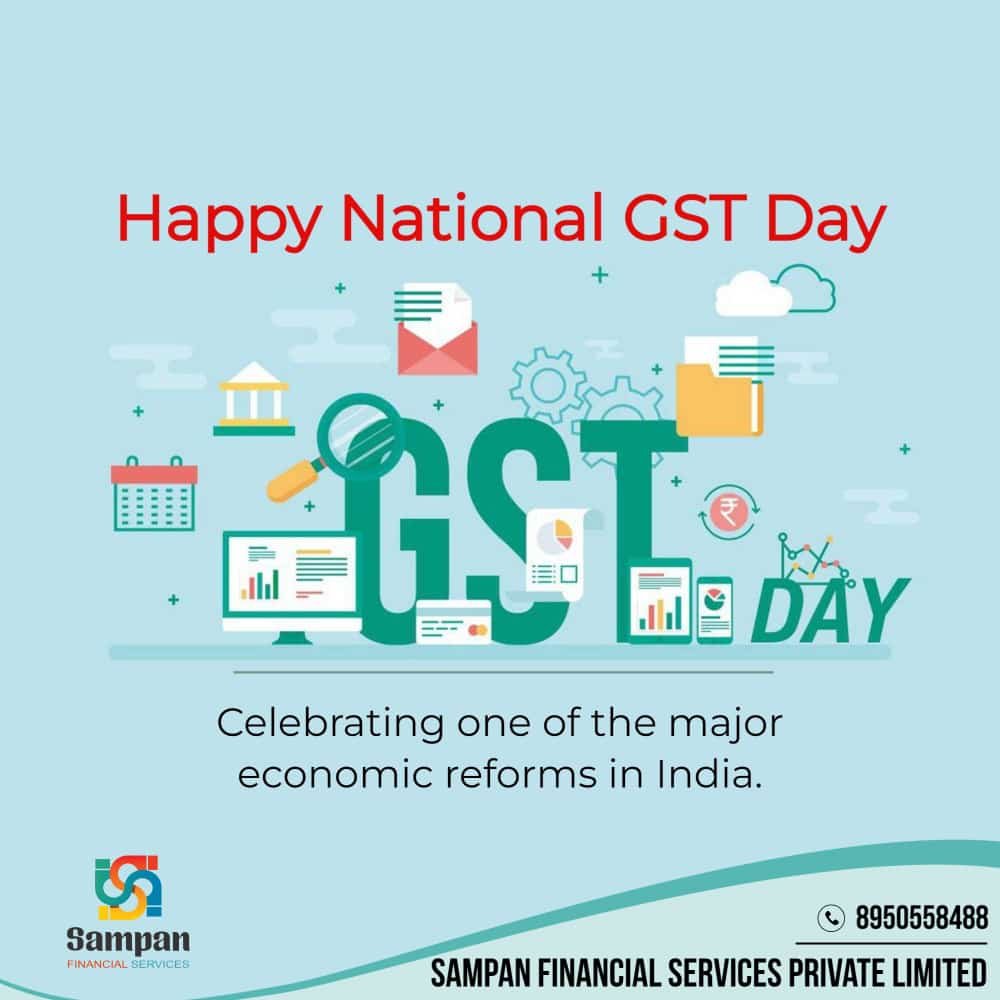
A Comprehensive Guide by Sampan Financial Services Private Limited
Goods and Services Tax (GST) is a significant reform in India’s tax structure, aimed at creating a single, unified market. At Sampan Financial Services Private Limited, we understand the intricacies of GST and are here to help you navigate through this comprehensive tax system.
What is GST?
GST is a value-added tax levied on the supply of goods and services. It has replaced multiple indirect taxes that were previously levied by the central and state governments, creating a simplified and transparent tax structure.
Types of GST:
- CGST (Central Goods and Services Tax): Levied by the Central Government on intra-state supplies of goods and services.
- SGST (State Goods and Services Tax): Levied by the State Government on the same intra-state supplies.
- IGST (Integrated Goods and Services Tax): Levied by the Central Government on inter-state supplies of goods and services and imports.
- UTGST (Union Territory Goods and Services Tax): Levied in Union Territories without legislature (e.g., Andaman and Nicobar Islands, Lakshadweep).
Benefits of GST:
- Simplified Tax Structure: GST replaces a multitude of indirect taxes, bringing them under a single umbrella.
- Increased Compliance: GST promotes transparency and accountability, reducing tax evasion.
- Economic Efficiency: By eliminating the cascading effect of taxes, GST reduces the overall tax burden on goods and services.
- Ease of Doing Business: A uniform tax regime facilitates smoother business operations across different states.
GST Registration:
Businesses with an annual turnover exceeding the threshold limit (currently ₹20 lakhs for most states, ₹10 lakhs for special category states) must register for GST. The registration process involves:
- Online Application: Filling out the GST registration form on the GST portal.
- Document Submission: Providing necessary documents such as PAN, proof of business, and identity and address proofs of promoters/directors.
- Verification: Awaiting verification and approval from GST authorities.
GST Returns:
Registered taxpayers must file periodic GST returns, which include details of sales, purchases, input tax credit (ITC), and tax liability. Common GST returns are:
- GSTR-1: Monthly return for outward supplies.
- GSTR-3B: Monthly summary return.
- GSTR-9: Annual return.
Input Tax Credit (ITC):
ITC is a mechanism that allows businesses to reduce their tax liability by claiming credit for the GST paid on purchases. For claiming ITC:
- Ensure the supplier has filed their GST returns.
- Maintain proper documentation and records of purchases.
- Utilize ITC only for business-related expenses.
Compliance and Penalties:
Non-compliance with GST regulations can lead to penalties, which may include fines and interest on unpaid taxes. It’s crucial to:
- File returns on time.
- Maintain accurate records and documentation.
- Ensure proper invoicing and accounting practices.
Recent Updates and Changes:
GST is continually evolving, with regular updates and amendments. Staying informed about the latest changes is vital for compliance. Recent updates include changes in return filing procedures, e-invoicing mandates, and rate revisions.
-
Previous Post
why we need Chartered Accountants
-
Next Post
पर्सनल लोन – आपके हर सपने के लिए
 Colors
Colors  Quick Loan
Quick Loan  WhatsApp
WhatsApp 







